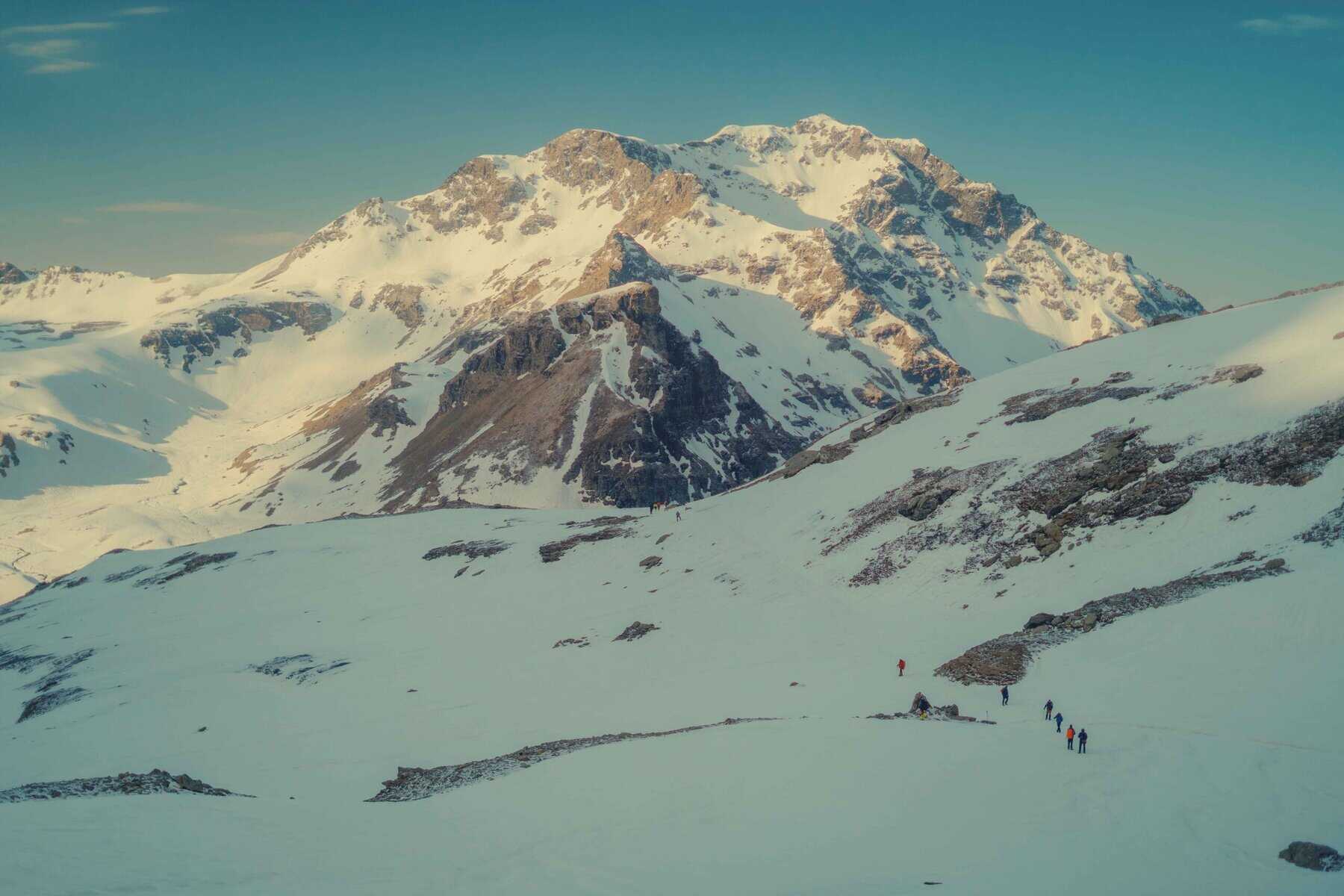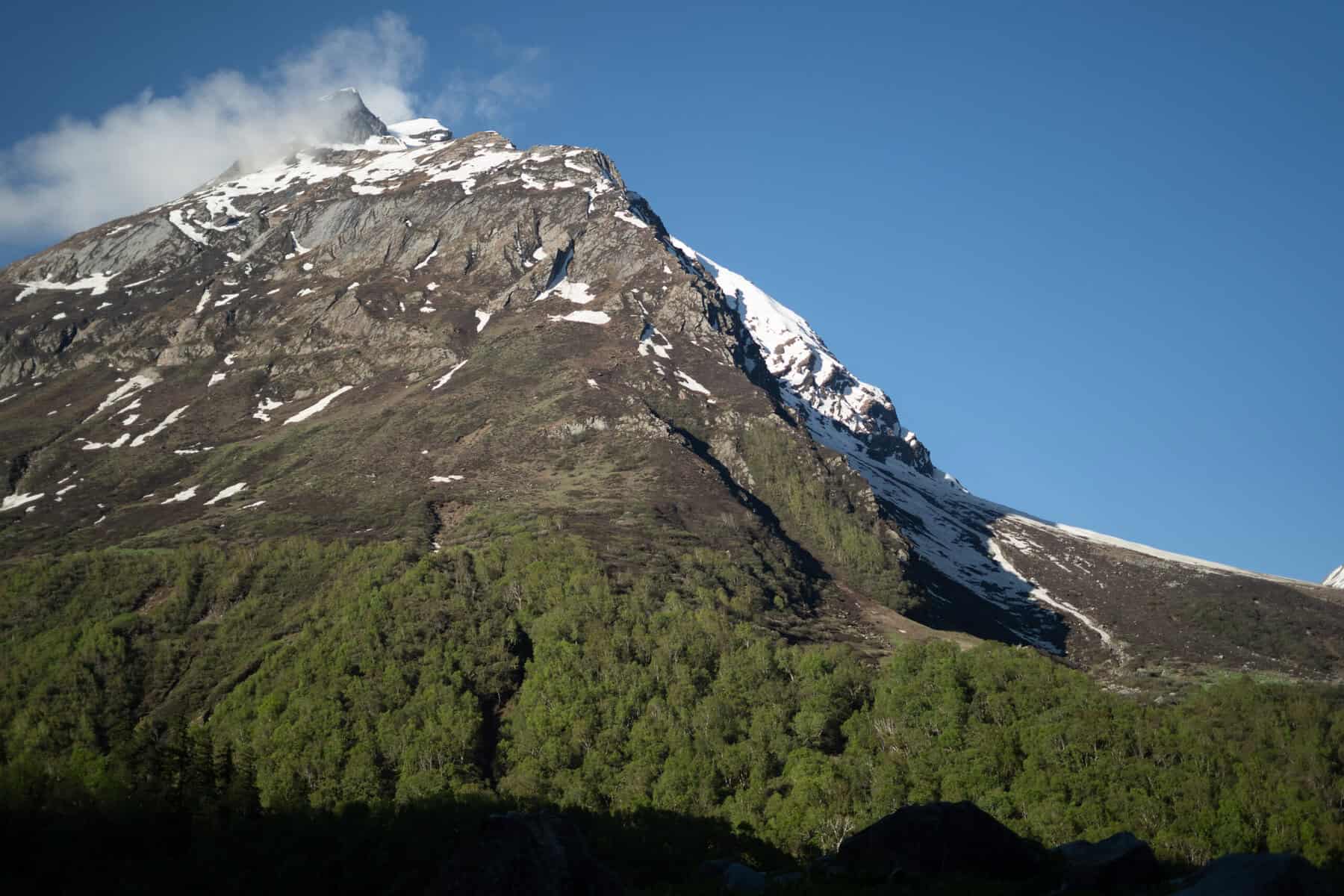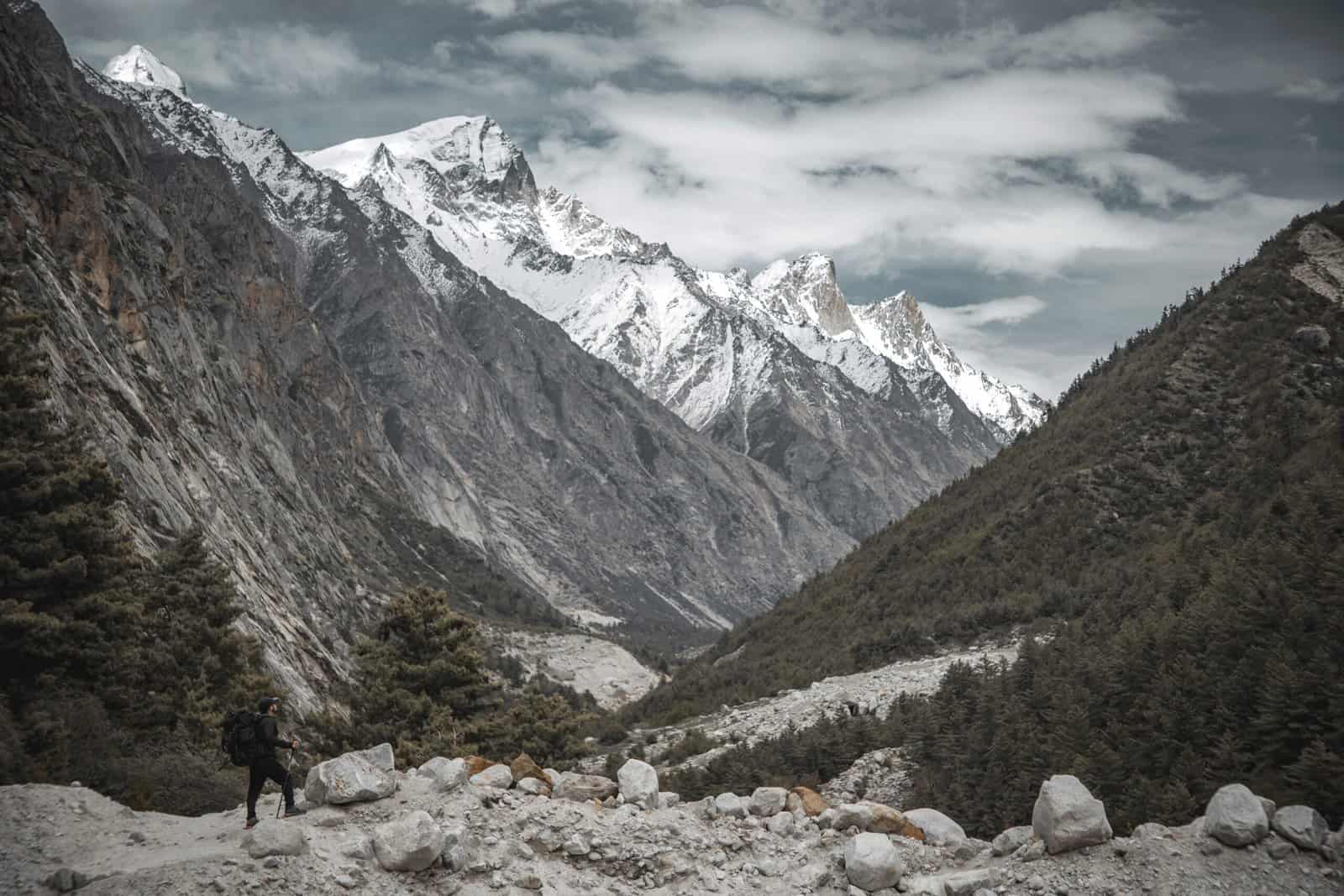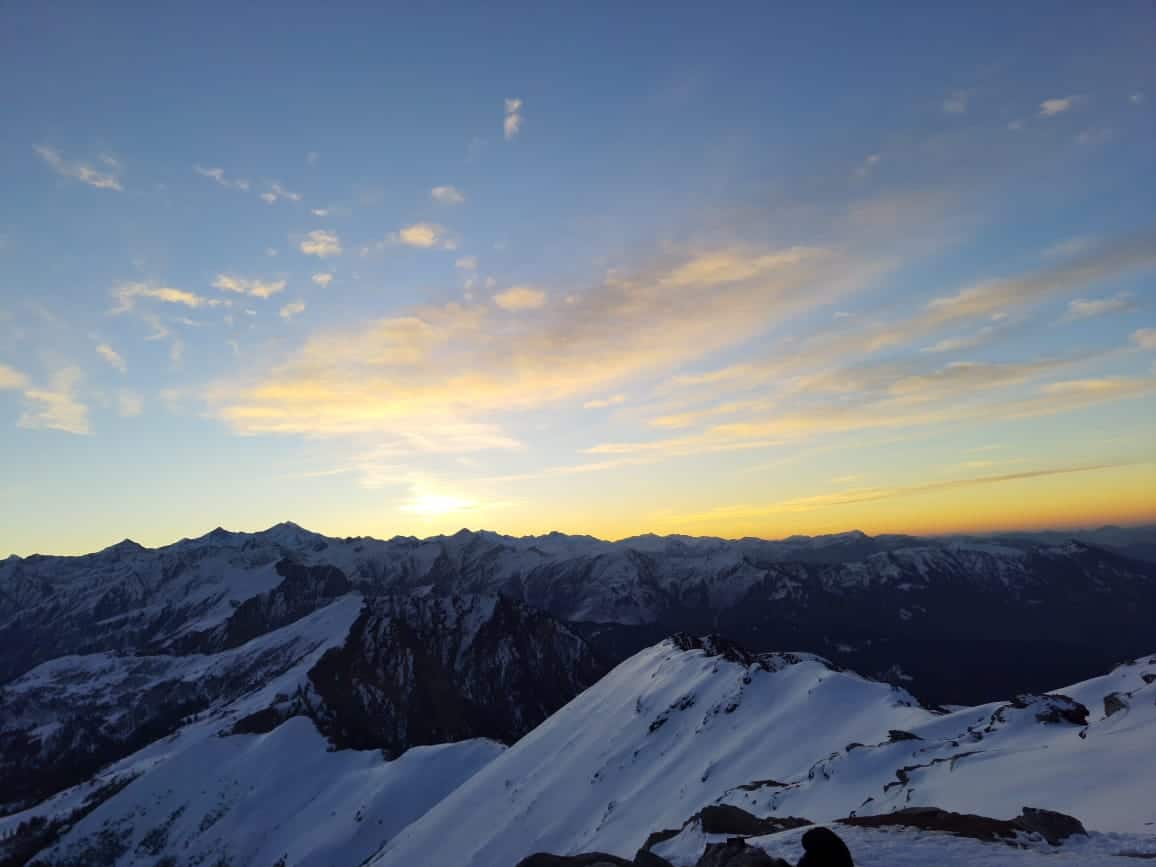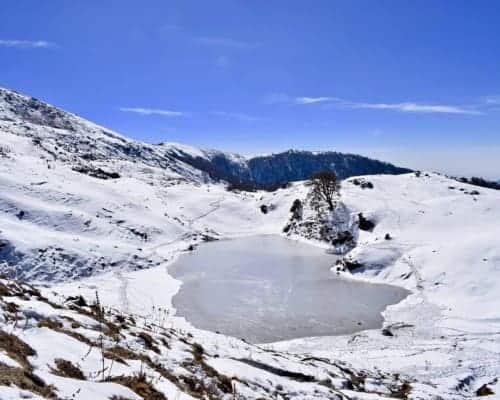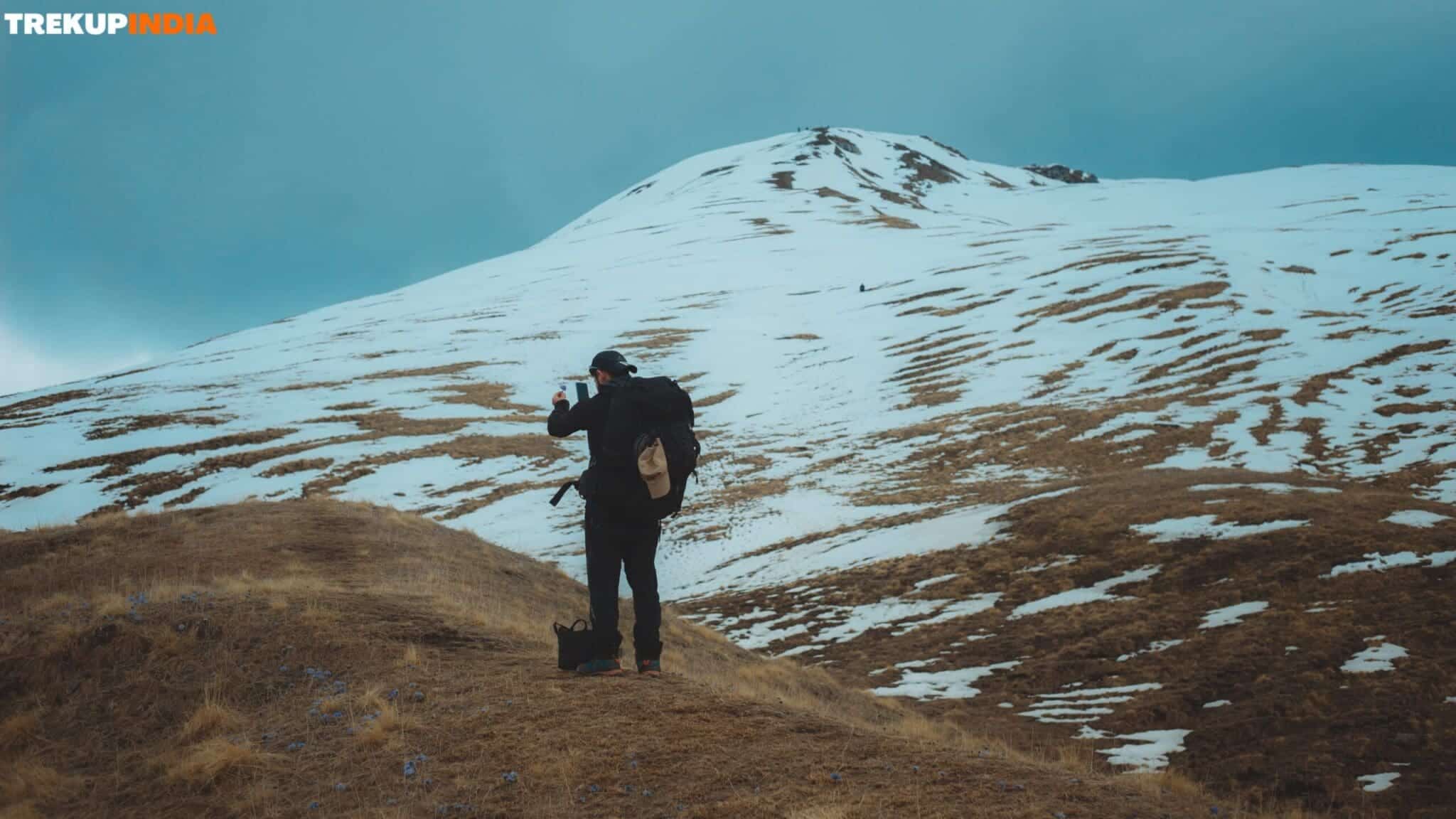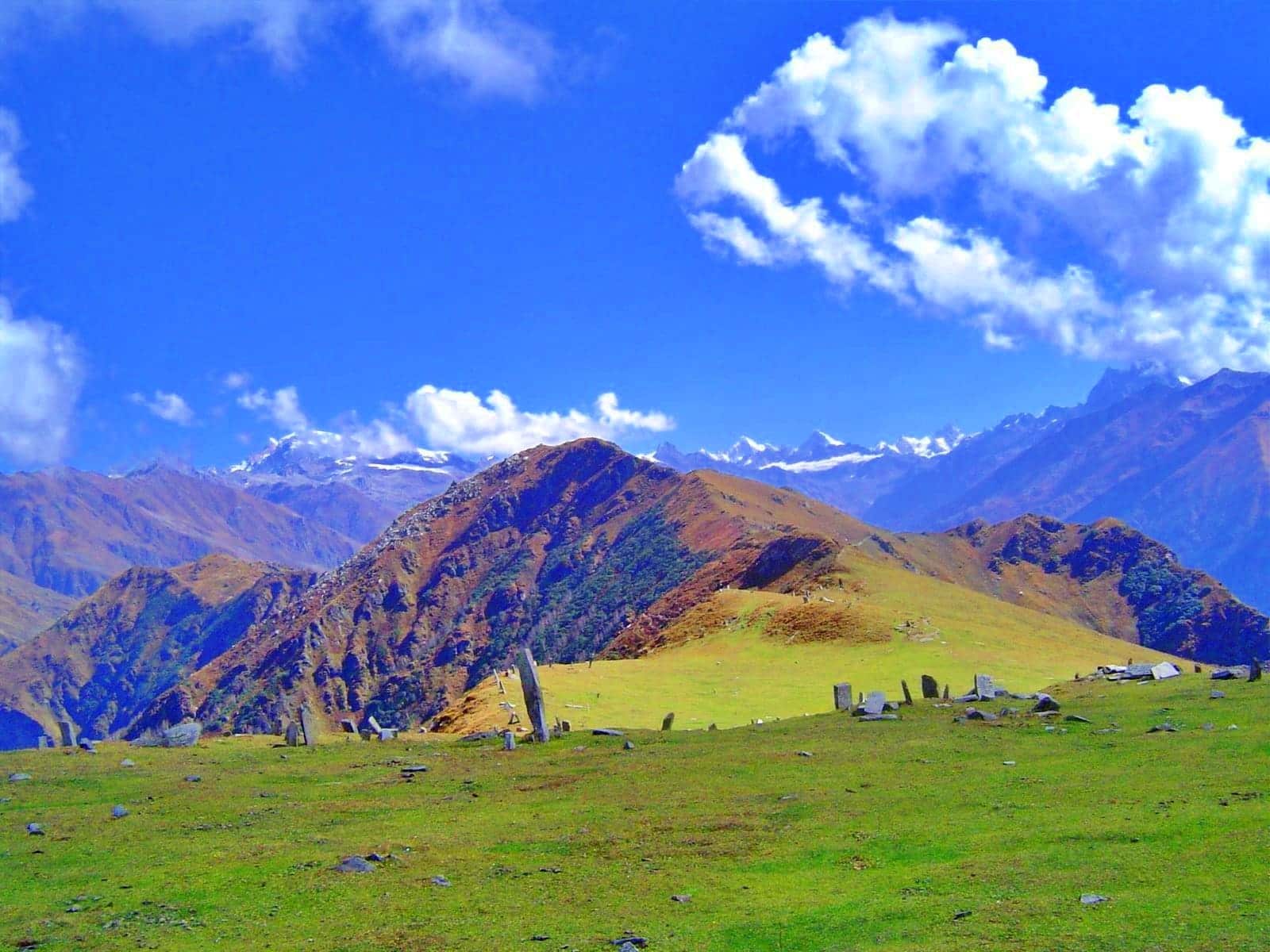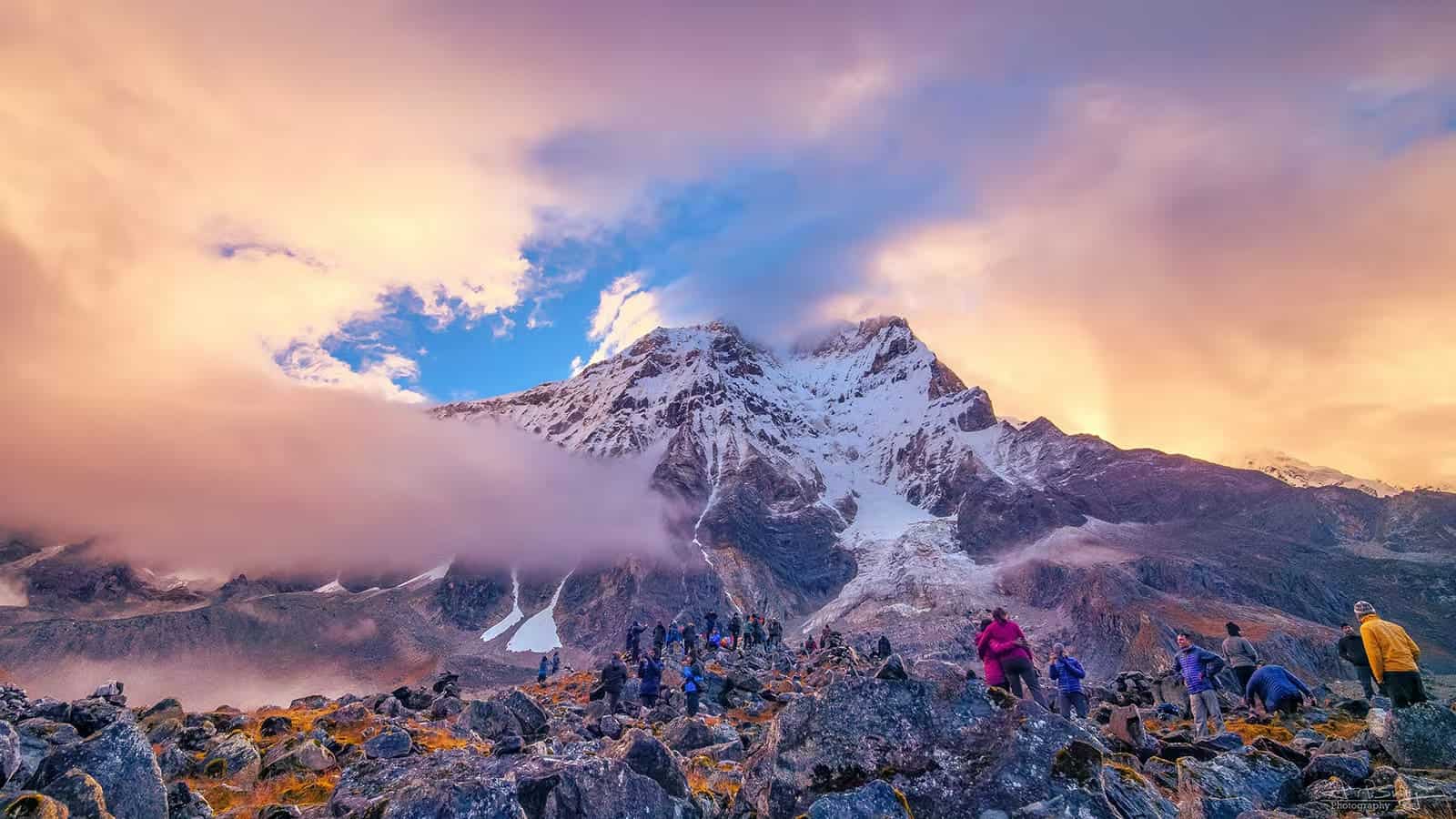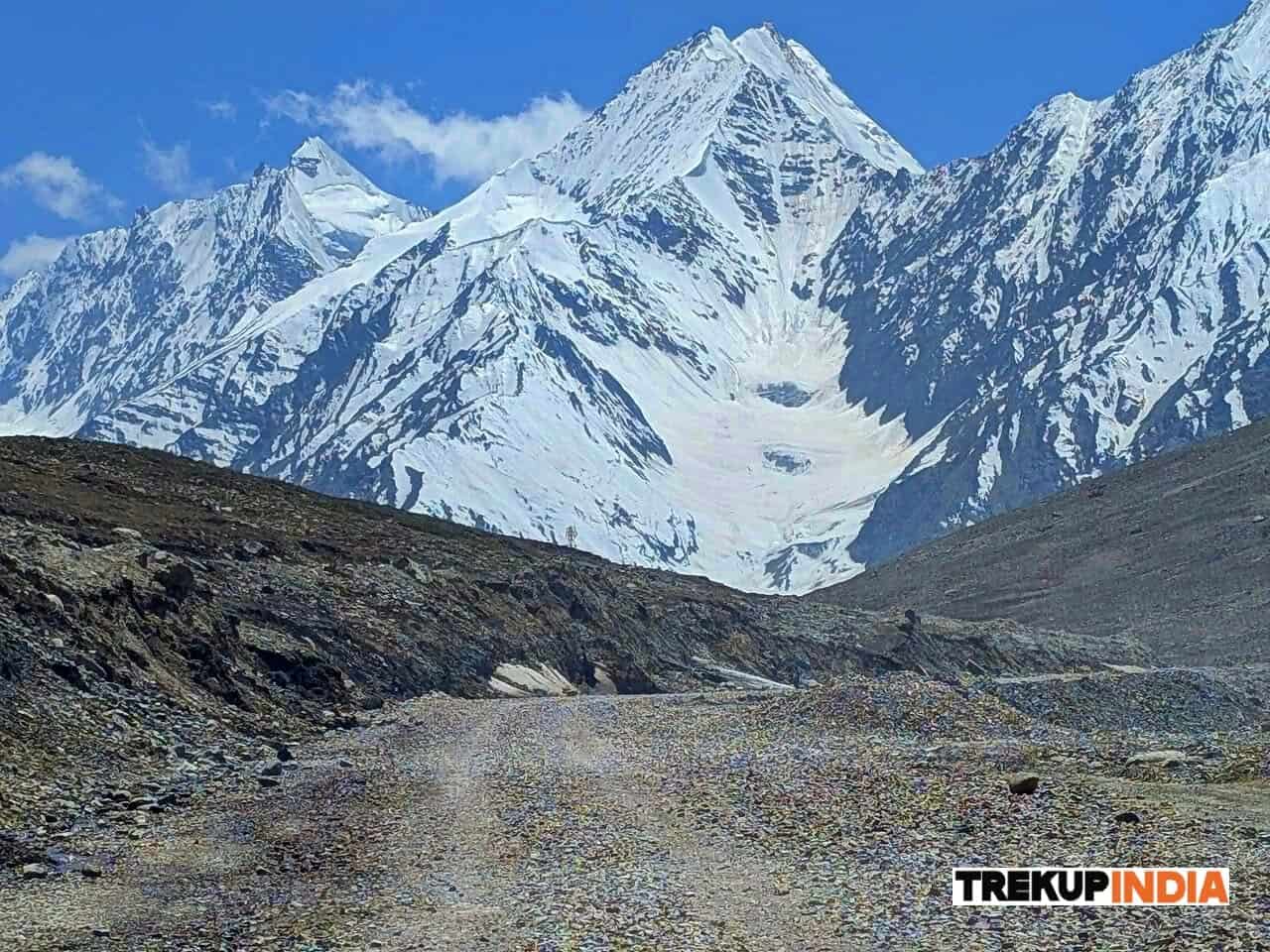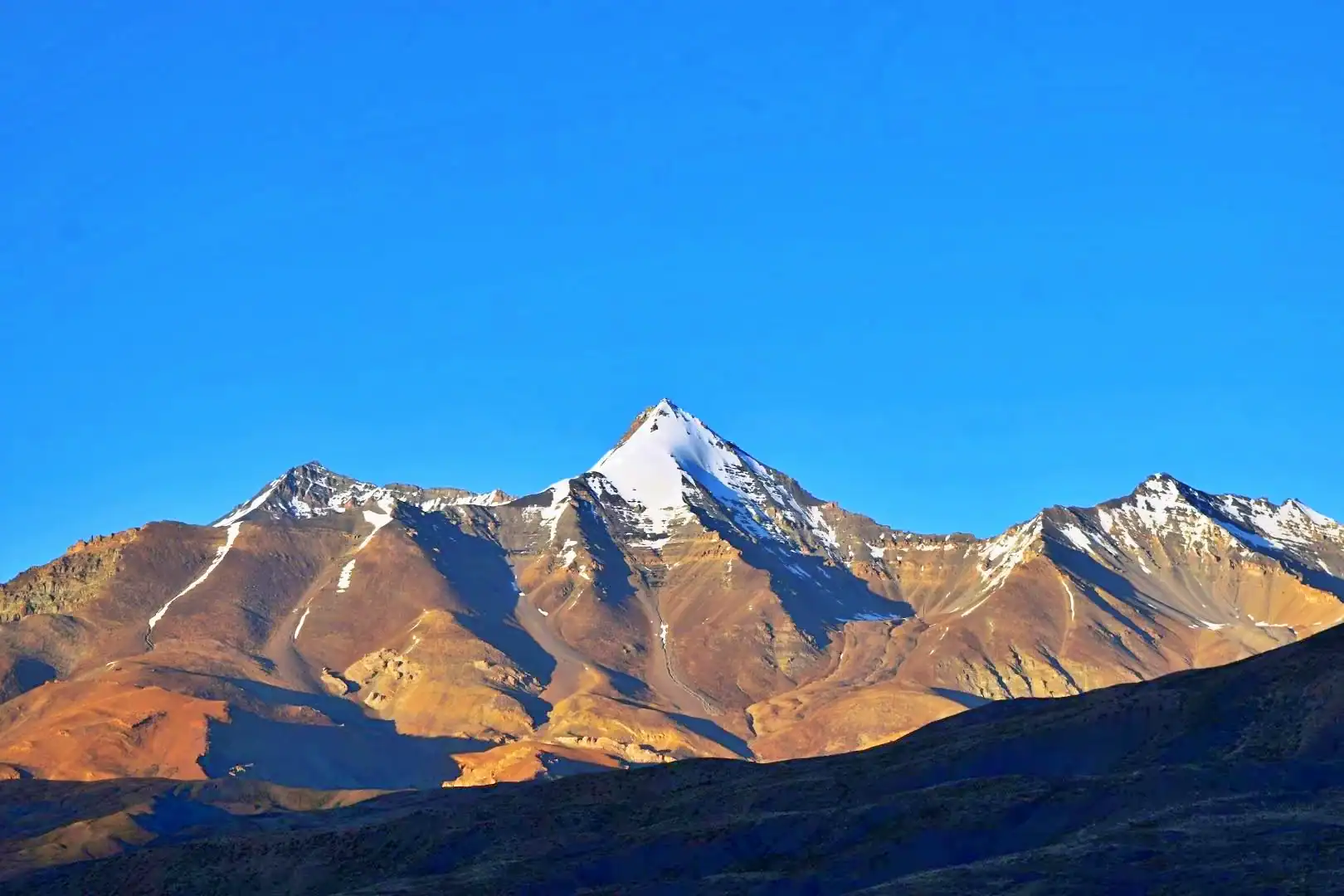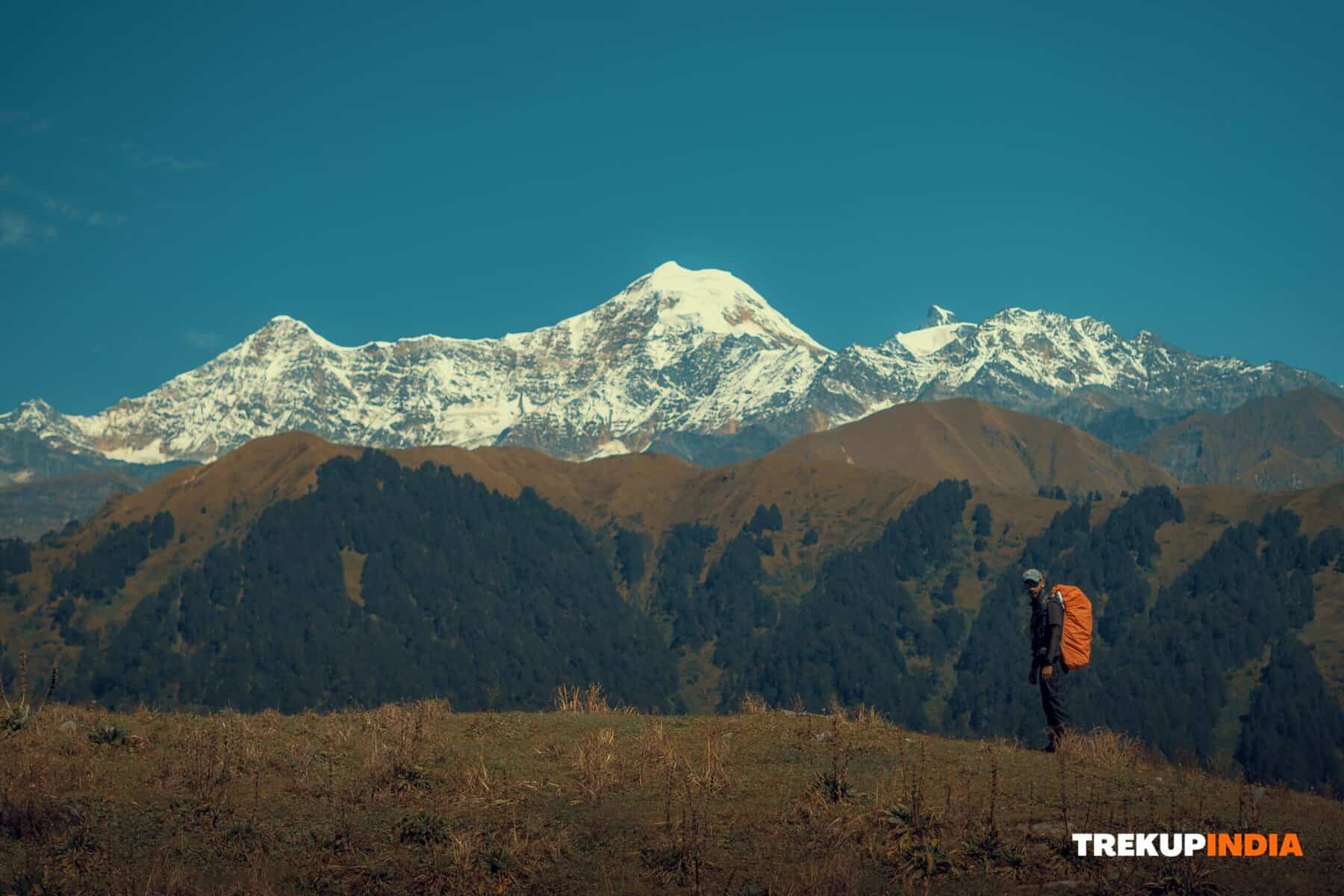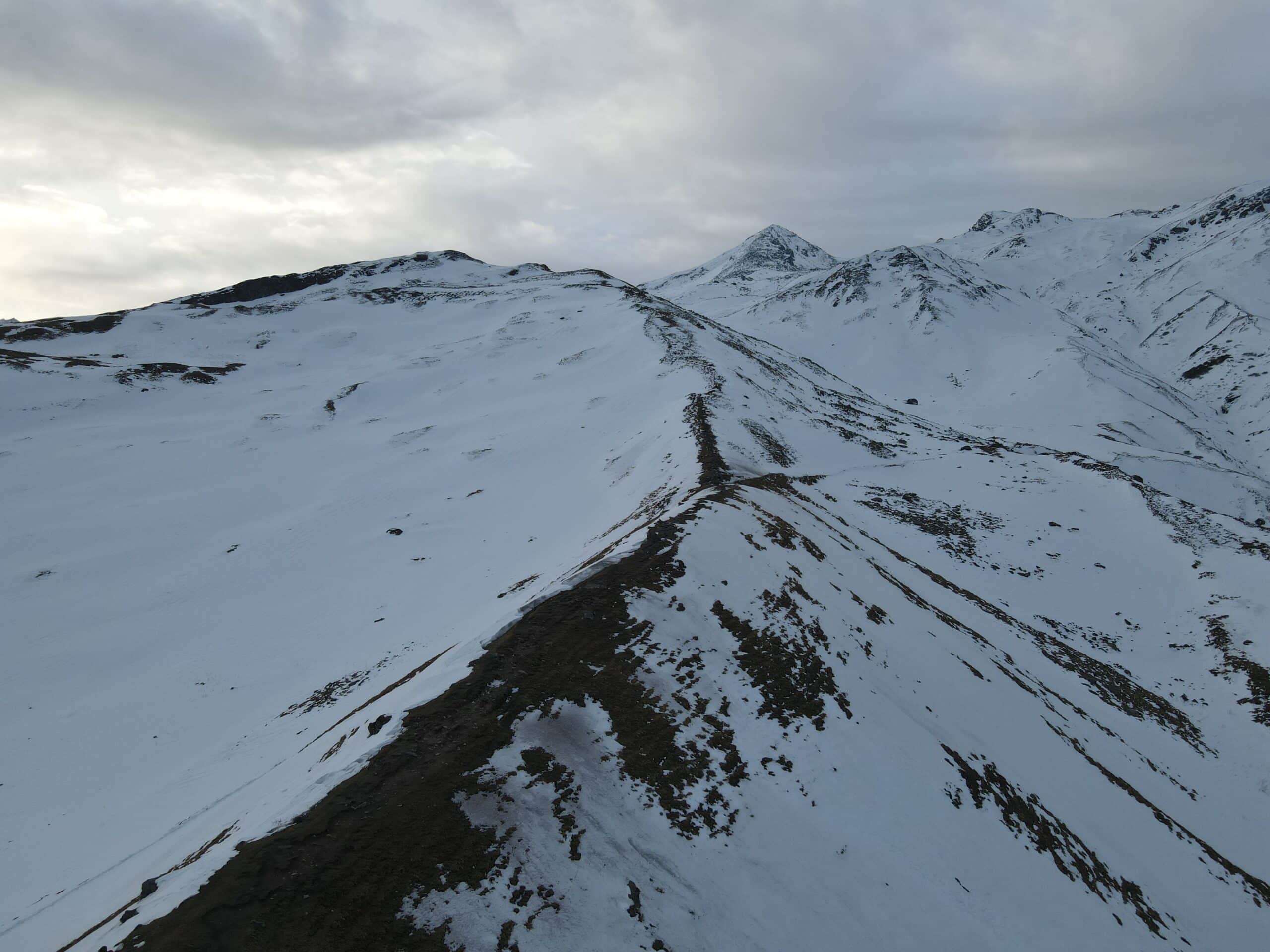Why Trekking Pants Are Necessary For Trekking?
Trekking is one of the best ways to immerse yourself in nature, breathe in fresh air, and disconnect from the hustle and bustle of daily life. However, to fully enjoy your trekking experience, being well-prepared is essential. One key piece of gear that cannot be overlooked is trekking pants. Whether you need them to be lightweight, weather-resistant, quick-drying, or just plain comfortable, the right pair of trekking pants can make a huge difference in your experience.
Many trekkers make the mistake of wearing regular jeans, but these aren’t designed for the demands of trekking. Trekking pants, on the other hand, are specifically crafted to meet the unique needs of adventurers. These pants are generally made from Polyamide, a specialized fiber blending polyester and elastane, which provides them with the perfect amount of stretch, durability, and flexibility needed for a variety of terrains.
When choosing trekking pants, it’s crucial to research and find the right fit for you, based on the conditions you’ll be trekking in. The right pair will ensure you stay comfortable, dry, and protected as you explore the great outdoors.
Below, we’ll dive deeper into why trekking pants are an essential piece of gear for any adventurer.
Difference between Trekking Pants and Jeans
There are several important differences between trekking pants and jeans that every adventurer should consider when gearing up for a trek. Here are some of the key distinctions:
Material and Comfort
Trekking pants are typically made from lightweight, breathable fabrics designed to dry quickly and keep you comfortable during your hike. These fabrics help wick away moisture, keeping you dry and preventing overheating. On the other hand, jeans are made from heavier, denser fabric, which can trap moisture and become uncomfortable when wet, leading to sweating and chafing.Support and Fit
Trekking pants often feature a higher waistline, which offers added support for your lower back and helps distribute the weight of your backpack more evenly. Jeans, however, don’t provide this level of support, making them less ideal for carrying heavy loads over long distances.Protection
Many trekking pants are designed with reinforced knee and ankle areas to protect you from scrapes, scratches, and minor injuries as you navigate rugged terrain. Jeans, on the other hand, don’t offer this kind of protection, leaving your legs more vulnerable to cuts and bruises during a trek.Storage and Pockets
Trekking pants come equipped with extra pockets, often featuring secure zippers or closures, to keep your gear, snacks, and valuables safe and easily accessible. In contrast, jeans generally offer fewer pockets, and those they do have may not have closures, increasing the risk of items falling out while you’re on the move.
Importance of Trekking Pants
Trekking pants are essential gear for any adventurer, as they are specifically designed to ensure comfort, mobility, and protection while trekking through diverse and challenging terrains. Below are some important features that make trekking pants a must-have for outdoor expeditions:
1. Material
Trekking pants are primarily made from durable materials like nylon, polyester, and polyamide (a blend of polyester and elastane). These fabrics are known for their quick-drying, lightweight, and strong properties, making them ideal for harsh conditions. Whether you’re trekking through mud, rocks, or even ice, these pants are built to withstand the elements and provide long-lasting performance.
2. Lightweight
One of the key advantages of trekking pants is their lightweight design. This feature is crucial for trekkers, as it ensures ease of movement and reduces fatigue. Heavy clothing can slow you down and become uncomfortable, especially on long treks, but the lightweight material of trekking pants allows you to move freely without feeling burdened by extra weight.
3. Mobility
Trekking pants are tailored for maximum mobility. The flexible fabric and design ensure that you can move smoothly, whether you’re climbing hills, navigating rough terrain, or walking for extended periods. Unlike regular pants, trekking pants don’t restrict your movement, meaning you can focus on the trail without constantly adjusting your clothing. This mobility is essential for maintaining good posture while ascending or descending during your trek.
4. Quick Dry
During a trek, it’s difficult to wash clothes, especially in remote areas. Trekking pants solve this issue by being quick-drying. Whether you’re caught in a rainstorm, crossing a river, or sweating heavily, these pants won’t retain moisture. The material wicks away water, ensuring that you stay dry and comfortable, even in wet conditions.
5. Breathable
Breathability is another crucial feature of trekking pants. These pants are designed to allow sweat to evaporate and air to circulate, keeping you dry and cool. The fabric absorbs sweat from your skin and allows it to dry quickly, preventing discomfort or chafing during long hours on the trail. This also helps regulate your body temperature, especially when trekking in fluctuating weather conditions.
6. Multifunctional and Secure Pockets
Trekking pants come with multiple pockets that are perfect for carrying important items like your mobile phone, batteries, power banks, sunglasses, or snacks. These pockets often feature secure closures like zippers or Velcro, ensuring that your belongings won’t fall out while you’re moving. With well-organized pockets, you can keep essential gear within easy reach.
7. Weather Protection
Mountain weather can be unpredictable, and temperatures can drop drastically, especially in regions like the Himalayas. Trekking pants are equipped with a layering system that helps protect you from extreme weather conditions, including cold temperatures as low as -10°C. The design of these pants provides a shield against the elements, ensuring that you remain comfortable and warm throughout your trek.
About Author

Kanishk (Content Writer)
Kanishk has lived in these hills all his life, so every time he wished to travel somewhere, the hills were his calling card. He completed his schooling in Dehradun and graduated with a degree in Journalism and Mass Communication. As a result, he was open to sharing in detail his personal experience of exploring with friends and his family. He then looked through different career choices but couldn’t find something that made him happy and content. Until he got an opportunity to work in a traveling company and that to trekking. In his mind, this was like the mountains calling, and he began explaining the adventure of going to the hills to people.



